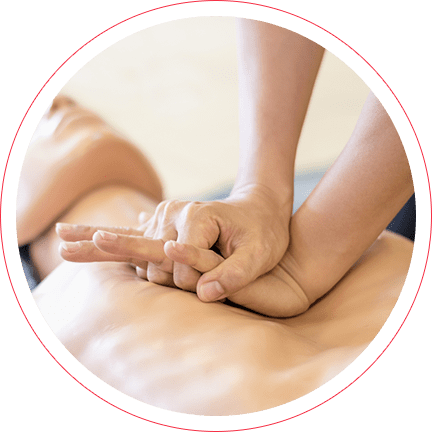While Cardiopulmonary Resuscitation (CPR) is a common life-saving technique, many remain unaware of its proper procedures. Learning how to perform CPR is an essential skill that can be useful in medical emergencies.
If you’re looking for reasons to learn CPR, you only need one: it’s the simple fact that CPR saves lives. Here are more reasons why:
- When someone stops breathing or if the heart stops beating, the person can survive for 4-6 minutes before lack of oxygen can result in brain damage, or death. By artificially circulating oxygen to the brain, CPR can provide extra time until medical help arrives.
- In the United States alone, 350,000 out-of-hospital cardiac emergencies happen each year. 90 percent of these cases result in fatalities. In many of these cases, proper CPR was not administered.
- According to an estimate by the American Heart Association, 100,000 to 200,000 adults and children can be saved if CPR is performed at the early stages of life-threatening cardiac emergencies.
Traditional CPR vs. Hands-Only CPR
One of the reasons why many remain adamant in learning this technique is the mouth-to-mouth resuscitation that needs to be made. If you’re one of these people, you can still perform hands-only CPR and be able to save lives.
Traditional CPR combines chest compression with mouth-to-mouth breaths to keep blood circulating, as well as to fill the lungs with oxygen. Hands-only CPR works without the artificial ventilation component. This means that no mouth-to-mouth breathing is required. The New England Journal of Medicine affirms the effectiveness of this technique.
Its efficacy relies on the chest compressions that maintain circulation and supply the organs with blood and oxygen. This is the top priority remedy for most cardiac emergencies.
How to Perform Hands-Only CPR
Performing hands-only CPR is a simple process. However, it is important to note that it is worth signing up for reputable medical career classesto get CPR certification.
- Place your interlocked palms on the victim’s chest, above the nipple line.
- Begin chest compressions at 100 to 120 beats per minute.
- Push hard enough to compress the chest at least 2 inches for adults and teens, and at least 1 inch for children.
- Continue performing hands-on CPR until a medical personnel arrives.
If you want to make sure that you are following correct intervals for chest compressions, you can synchronize your pushing to any of these songs:
- “Stayin Alive” by the Bee Gees
- “Walk the Line” by Johnny Cash
- “Crazy in Love” by Beyonce
These songs run at a speed of 100-120 beats per minute, and following them will help you get the right tempo.
Conclusion
Cardiac arrest is one of the top causes of death in the United States, and CPR is an immediate rescue response when someone suffers from it. Learning how to perform CPR is a vital skill that can save lives, and anyone can do it with proper training. By knowing how to accurately administer hands-only CPR, you will be able to help patients during an emergency.
If you’re looking for a trustworthy medical career training center in Highland, Indiana, Medical Career Academy is what you’re searching for. We provide top-notch education in different healthcare fields. The smaller classes give each student the chance to learn in a fully supported process from extremely skilled and experienced instructors.

